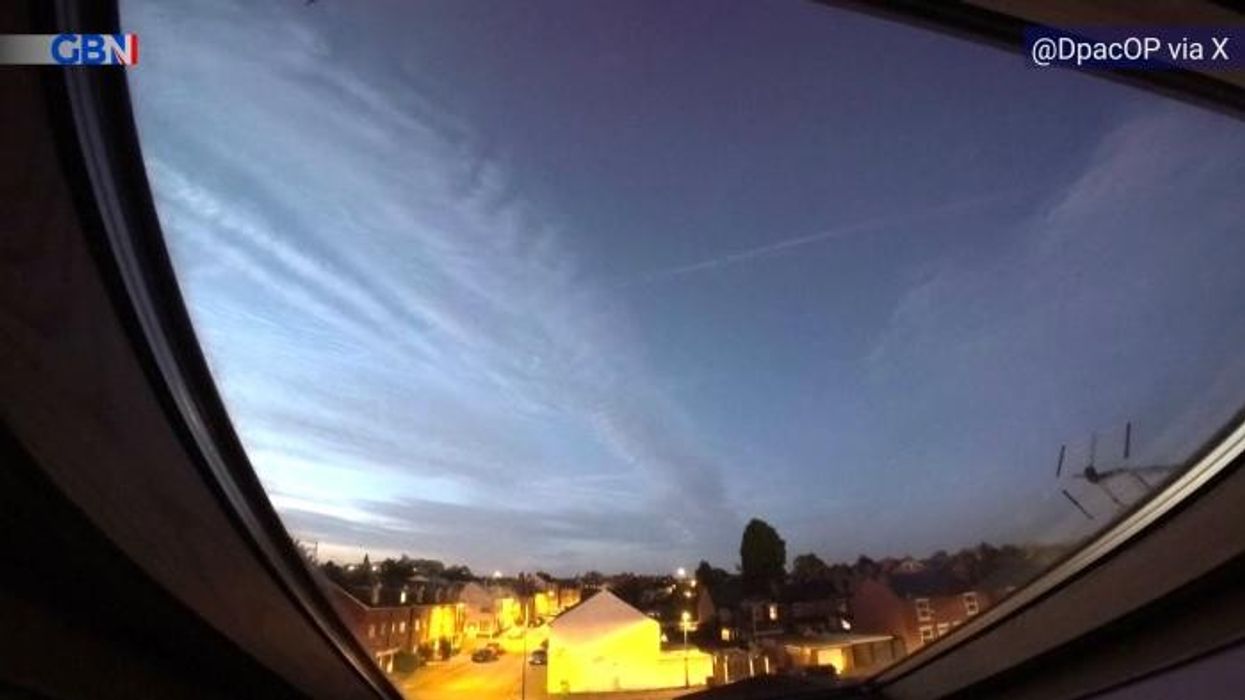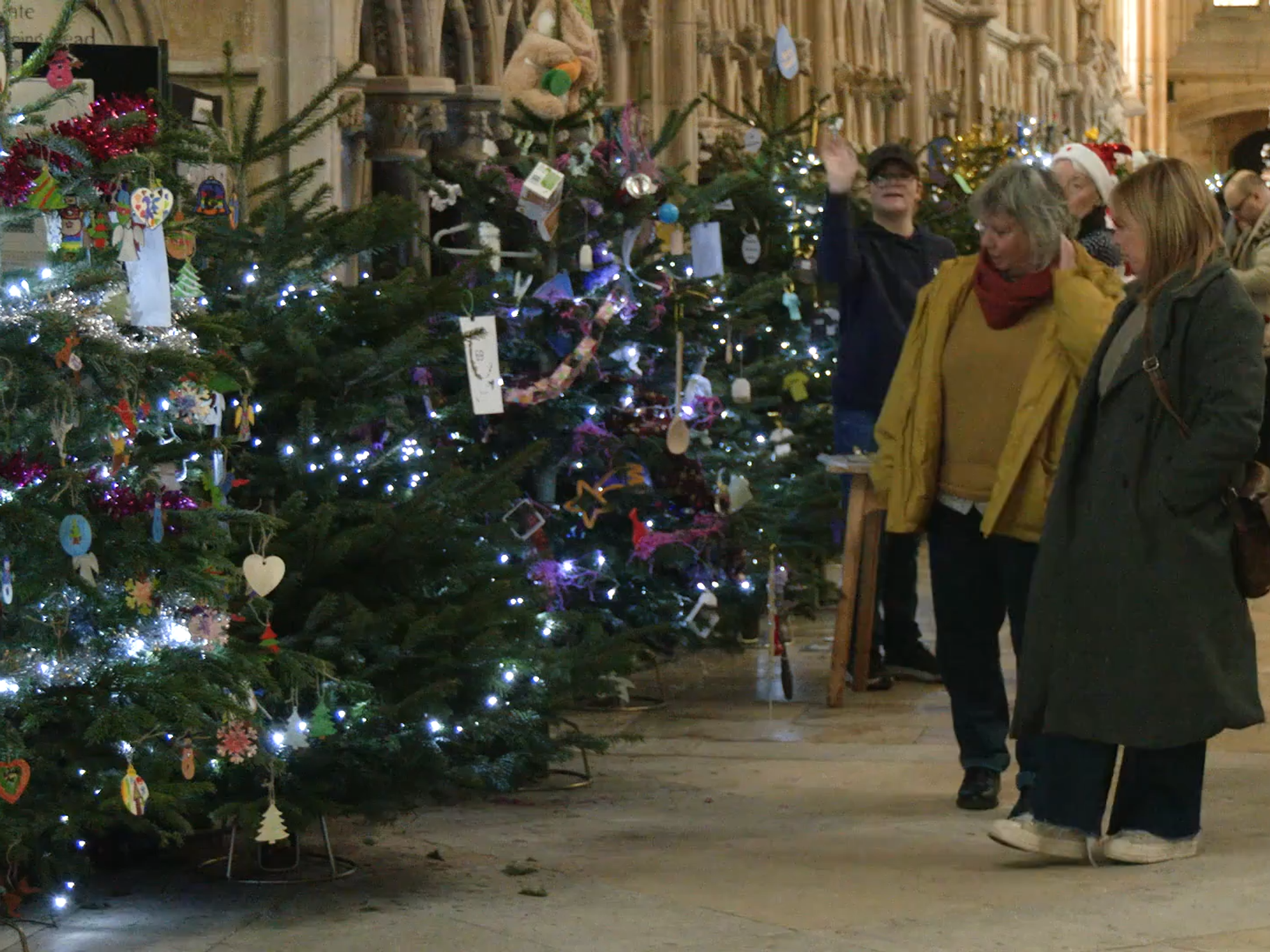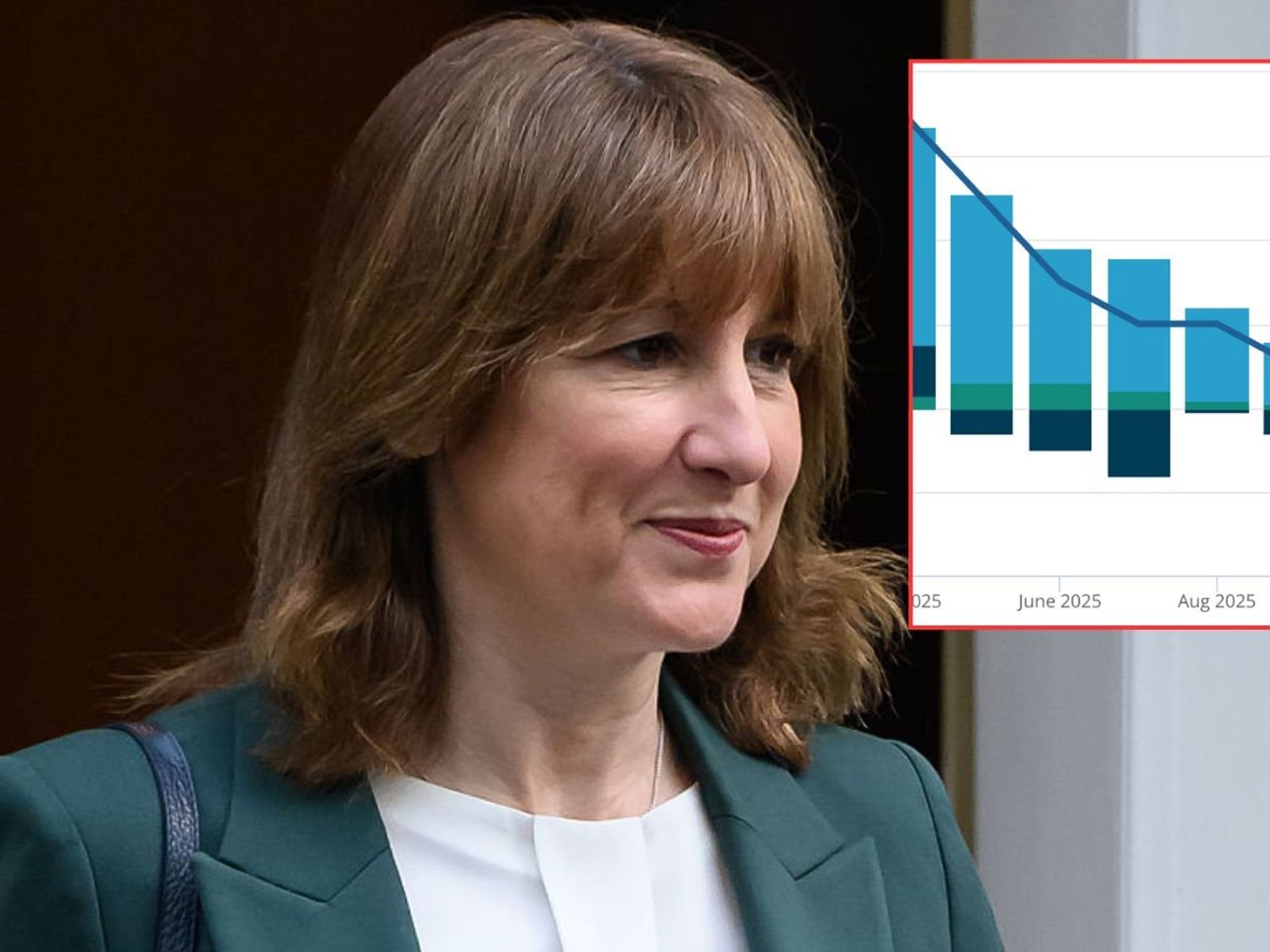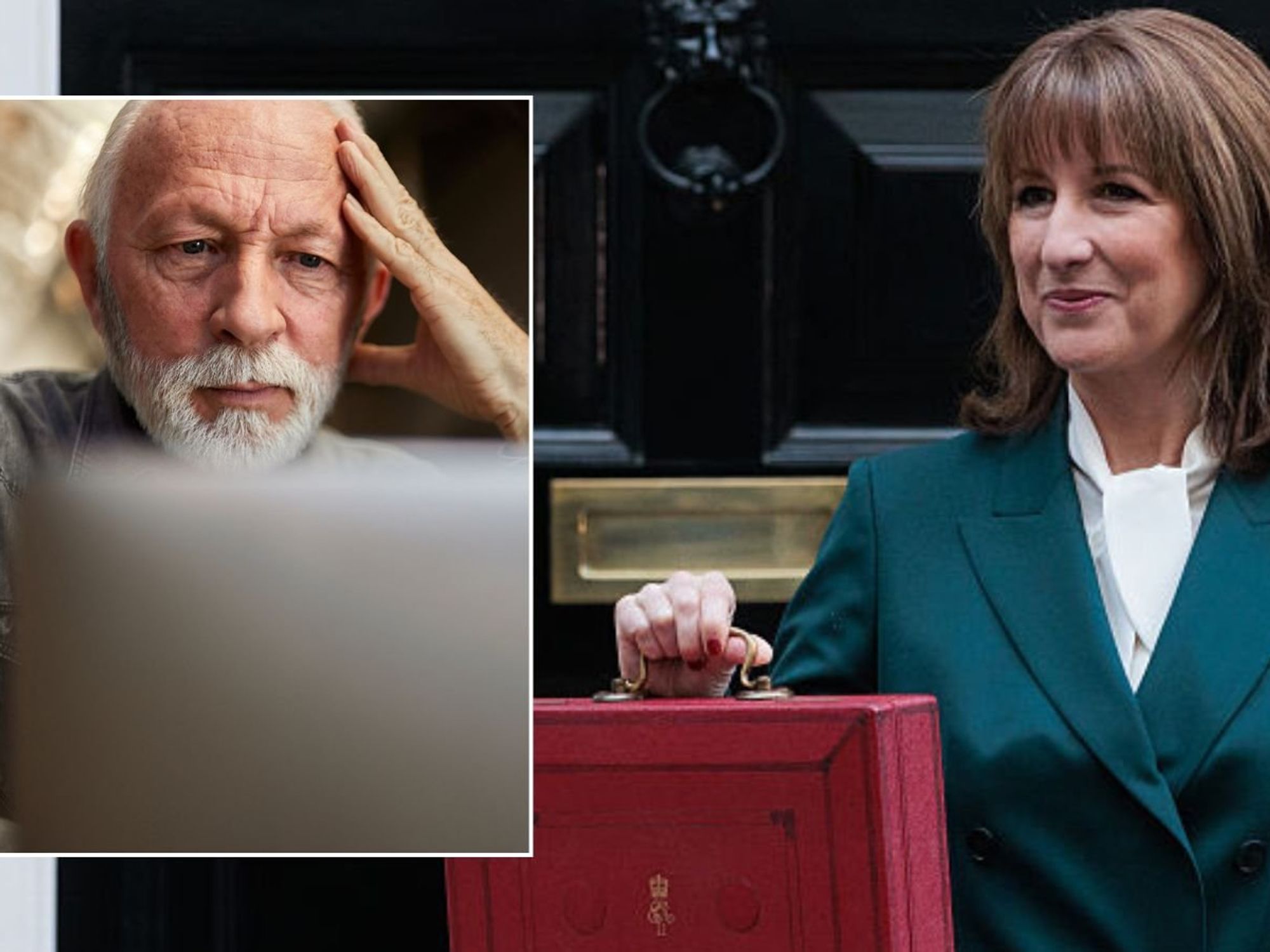Met Office reveals New Year Northern Lights show set for UK as aurora visible after huge coronal mass ejection strikes Earth

Tonight's light show is expected to be visible much further south than normal
Don't Miss
Most Read
The Northern Lights are set to create a spectacular natural display across the UK this New Year's Eve, the Met Office has revealed.
A huge coronal mass ejection (CME) striking Earth will trigger the aurora borealis, offering a dramatic backdrop to traditional firework displays across swathes of the country.
The rare celestial show comes as the Sun reaches the maximum phase of its 11-year cycle, making such displays more frequent.
Usually confined to the auroral oval around the polar caps, tonight's light show is expected to be visible much further south than normal.
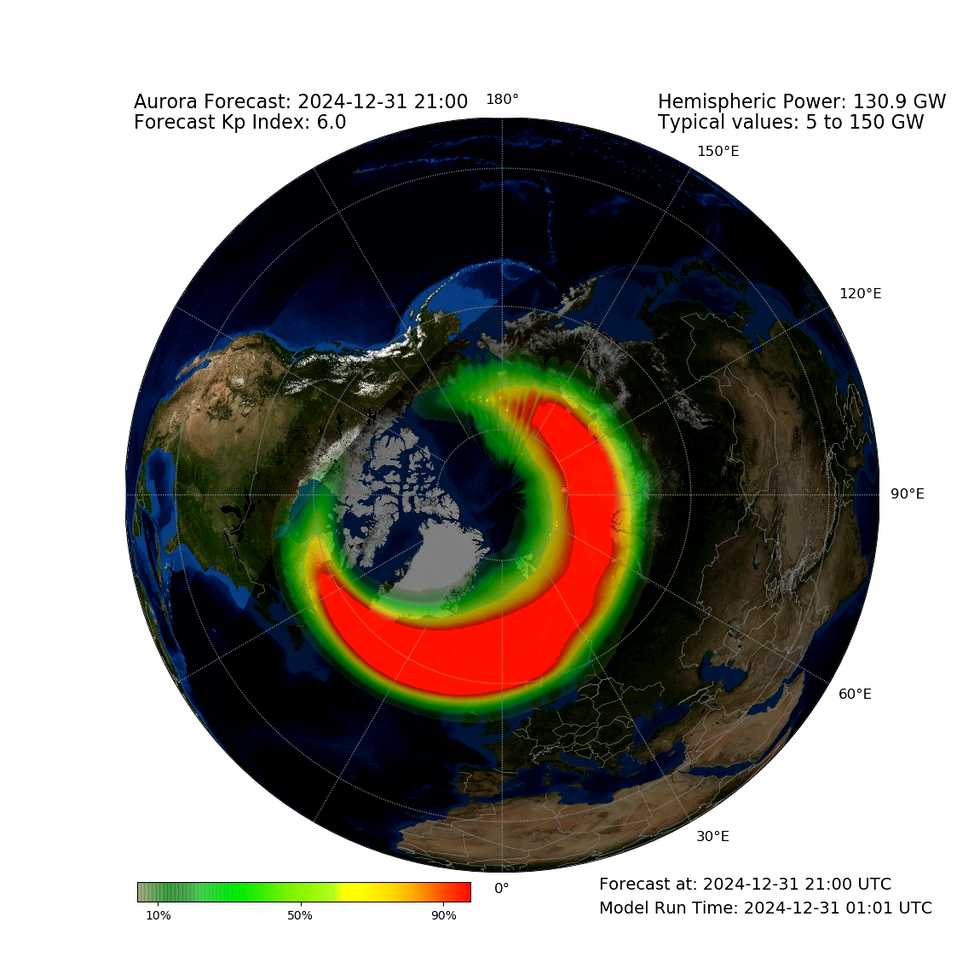
Peak viewing time is expected around 9pm tonight
|MET OFFICE
The Met Office predicts the phenomenon will coincide with New Year festivities, potentially creating a unique double display in the night sky.
The aurora will be visible across Scotland, Northern Ireland and parts of northern England, according to Met Office forecasts.
Peak viewing time is expected around 9pm tonight, though the spectacular display may continue until approximately 3am on New Year's Day.
"A Coronal Mass Ejection (CME) is forecast to arrive at Earth with a risk of G1-G2/Minor-Moderate geomagnetic storms which could produce visible aurora," the Met Office explained.
MORE ON THE AURORA:
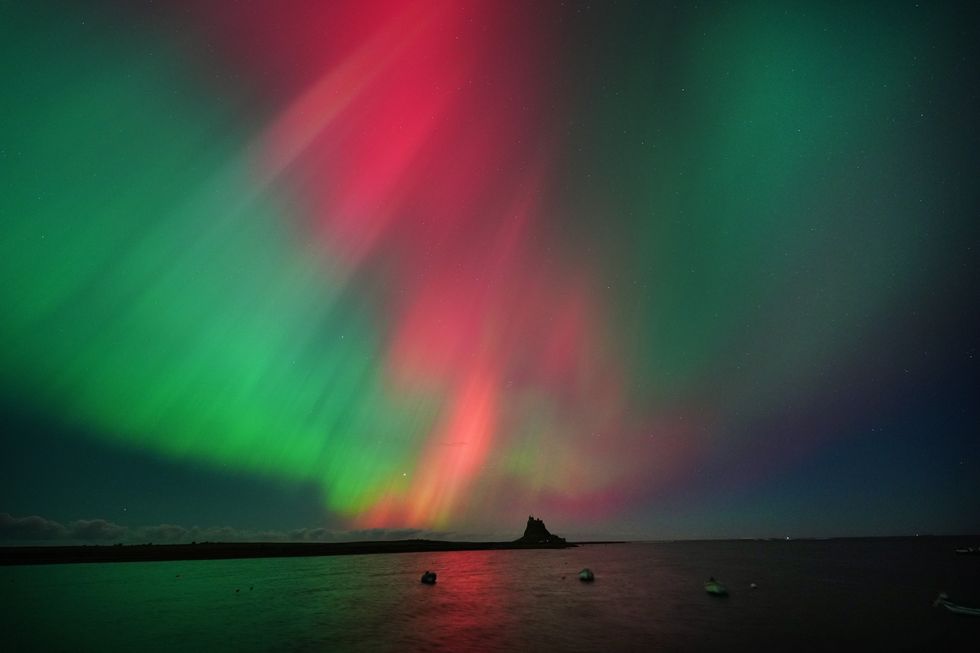
Experts recommend waiting for clear skies after dark and finding a location away from bright city lights
|PA
The increased visibility of the Northern Lights is linked to intense solar activity, with numerous coronal mass ejections observed leaving the solar surface over the last 24 hours.
"A filament eruption (arc of plasma) was observed in imagery within the vicinity of a sunspot region located in the southeast quadrant," the Met Office detailed.
While most recent CMEs have been "far-sided" and won't affect Earth, astronomers have identified one heading directly towards our planet.
These solar events can travel at remarkable speeds, with the fastest Earth-directed CMEs capable of reaching our planet in just 15-18 hours.

The aurora is set to offer a dramatic backdrop to traditional firework displays across swathes of the country
|PA
The current CME has produced what scientists term a "partial halo", which is expected to arrive on Earth today.
However, the Met Office also warned that poor weather conditions could hamper viewing opportunities tonight.
Heavy rain and strong winds are forecast across Scotland, Northern Ireland and northern England, with some areas of Scotland expecting snow.
For those hoping to catch a glimpse of the aurora, experts recommend waiting for clear skies after dark and finding a location away from bright city lights.
Taking photographs with a smartphone camera might reveal hints of the aurora that aren't visible to the naked eye.
But even if rain spoils tonight's views, the spectacular solar activity is expected to continue, as the sun's active period is predicted to last for at least another year.


